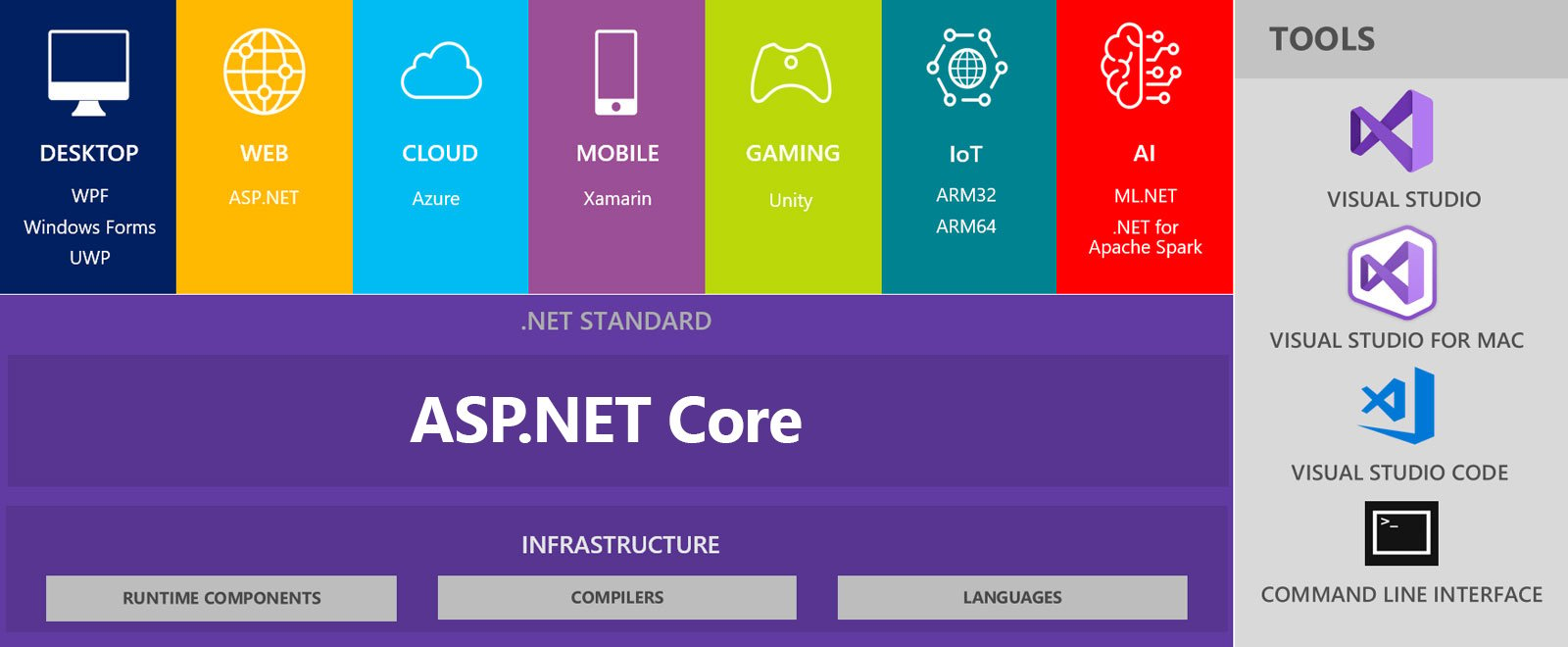A critical vulnerability was discovered in React Server Components (Next.js). Our systems remain protected but we advise to update packages to newest version. Learn More.
What's new with .NET?
The move of Optimizely’s Content Cloud Management Version 12 and B2C Commerce Version 14 from .NET 4 to ASP.NET Core allows developers to take advantage of new features and capabilities. Some of the first things you will notice with ASP.NET Core are:
- Significant improvement in performance across the board (up to 1,200% in certain areas)
- Platform hosting and development of the platform is supported on different OS (Windows, Linux, and MacOS)
- The overall development process is faster and easier
- Release cycles are faster with community participation due to it being open source
The speed and performance that the new version brings will have a positive impact to customers visiting the website, the business users who manage the website, and programmatic search indices. From the customer’s perspective, they will get a faster, uninterrupted digital experience when visiting the website. On the business user's side, the new platform allows for tasks to be completed faster and more efficiently while managing the website. Another important effect is that the faster load time of the website will impact search engines rankings, allowing it to be found more often.
*These are preliminary results of internal testing based upon CMS 12, Commerce 14, and the Foundation implementation. We intend to publish our methodology so partners and customers can do their own performance testing validation.
4x
Better in Response Time
We're looking at numbers in the double digits! Which means, customer websites will load even faster!
5 - 10x
Faster in Site and Commerce Operation
The numbers have dropped significantly, allowing for an even faster user experiences for actions such as Register/Login, Search, and Add To Cart!
3x
More Server Request Handling
The number of requests have tripled and we're still seeing better performances! Supporting more traffic, more visitors, more users!
Why should you upgrade?
Since the first release of .NET in 2002, we have seen the emergence of several variations due to the different needs of development: .NET Framework, .NET Standard, .NET Core, Mono, and Xamarin. However, Microsoft’s vision of having a unified platform resulted in the introduction of ASP.NET Core (.NET 5), the next step forward. .NET 5 produces a single .NET runtime and framework, taking in the best capabilities of the other versions and expanding on them, allowing for a single code-base that both Microsoft and the community can collaborate and continuously improve on.


Out with the old, in with the new. Microsoft will continue to focus on further developing and improving the new ASP.NET Core, which means more and better features will be added on a regular basis. To avoid the ever-growing gap and effort needed to upgrade to the latest version in the future, upgrading now to CMS 12 and Commerce 14 is encouraged. As future versions of ASP.NET Core are continously released, we have set our goal to add support for each version in both Optimizely CMS and Commerce as they are released. With that in mind, starting the migration from the older .NET 4.x-based CMS and Commerce to the new ASP.NET Core-based CMS and Commerce now will give you time to work out any issues you might encounter, as well as shorten the time and effort needed for proceeding version upgrades.

What to consider when upgrading
Thinking of upgrading? Here are some suggested questions you should ask your team when considering upgrading:
What version are you upgrading from?
If you are on a legacy version, you will need to upgrade to each major version in turn prior to upgrading to CMS 12 and Commerce 14.
Take a look at the documentation to see specific information regarding breaking changes and migration steps to assess the effort and effects of each upgrade.
How much custom code was implemented?
To ensure that the many options for extending Optimizely solutions through APIs, add-on applications, and integrations remain, Optimizely continous to migrate the ones that we have developed to ASP.NET Core.
For the other plugins/add-ons, please contact the creator of the plugins/add-ons you are interested in for more information.
Besides the plugins/add-ons, you will also need to assess the amount of custom code that was built within your solution by your implementation team, and consider the level of effort needed for ensuring they will continue to work in ASP.NET Core.
What add-ons are you using and are they supported?
Optimizely continues to migrate its add-on packages to ASP.NET Core and will continue to do so for future versions as well. Please see status of the packages that have already been migrated.
How old is the website?
According to research, the average lifespan of a website is 2 years and 7 months. Of course, this lifespan varies depending on the industry, company, and several other factors. Consider whether it is time for a site redesign/rebuild, and take advantage of this opportunity to utilize some of the latest technologies.
Is there any upcoming initiative that would be worth rebuilding on the new version?
Are there any future initiatives or plans that are inhibited by the restriction of technology on the current website? Has the implementation team been applying “hacks” to work around those restrictions? Maybe it’s time to think about the pros and cons of the growing technical debt these work arounds might cause compared to rebuilding with the latest technologies.
Is there a plan to further expand the capabilities and ecosystem of the digital space?
Planning to expand the ecosystem? Want to start using the same content and data on multiple digital channels? Take advantage of the extended support for headless, SDK, and many other new features that will help you achieve this.
Useful Resources
Our community members have been testing and implementing CMS 12 and Commerce 14 for a while. Here are some great insights they've provided during their journey.
Last updated: Sep 22, 2022

